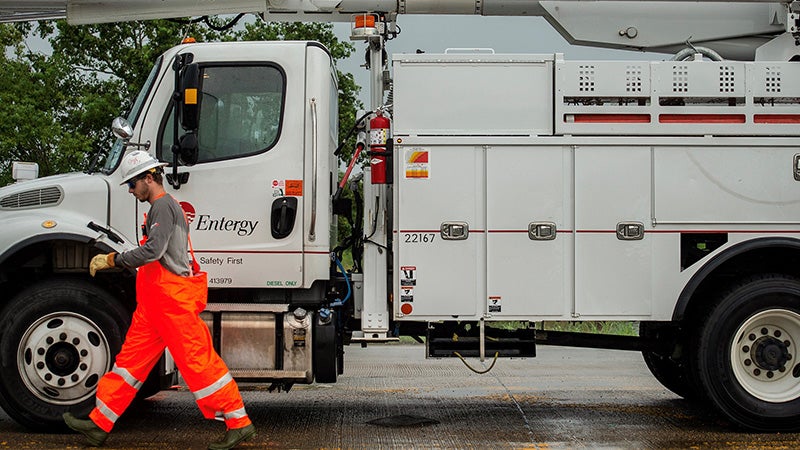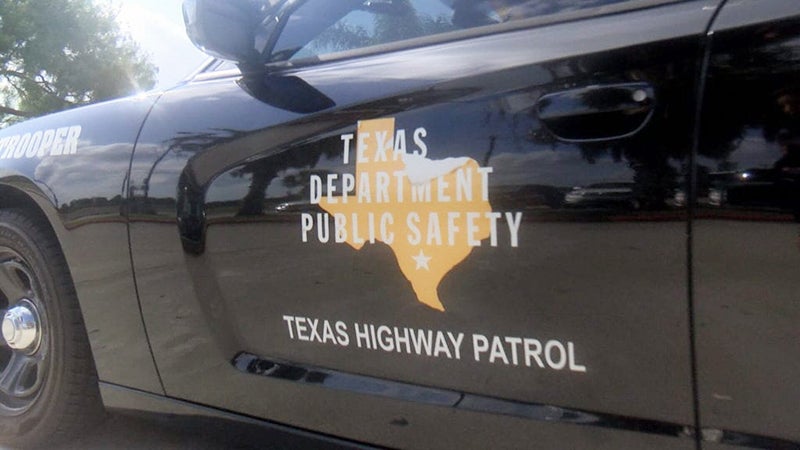Updated emissions standards offer protections for fence line communities
Published 5:09 pm Wednesday, September 30, 2015
Port Arthur residents and those all around the country living in the shadow of oil refineries will see more protection from toxic emissions now that the U.S Environmental Protection Agency has updated air emission standards.
On Monday, the EPA adopted more stringent rules requiring a first-of-its-kind fence line monitoring system while strengthening emission controls for flares, pressure relief devices, storage tanks and delayed coker operations.
The measure is expected to reduce thousands of tons of air pollutants, the EPA indicated in a press Sept. 29 press statement.
“These updated Clean Air Act standards will lower he cancer risk from petroleum refineries for more than 1.4 million people and are a substantial step forward in EPA’s work to protect the health of vulnerable communities located near these facilities,” Gina McCarthy EPA administrator, said.
When fully implemented, the updated rule will result in a reduction of 5,200 tons per year of toxic air pollutants, and 50,000 tons per year of volatile organic compounds.
The EPA also projects these standards will eliminate emission of greenhouse gases equivalent to approximately 660,000 tons per year of CO2. These cost-effective steps will have no noticeable impact on the cost of petroleum product at the approximately 150 petroleum refineries around the country, including those in Port Arthur and surrounding cities.
Hilton Kelley, environmental activist from Port Arthur was on hand to witness McCarthy signed the new refinery rules.
“This was a great day, now we can all breath a little easier,” Kelley said. “In a nutshell this means there is more protection for citizens in Port Arthur and for refinery towns around the country.”
Kelly was invited by the EPA to join the proceedings in Washington D.C. to lend a voice from the fence line communities.
“I was invited to come and speak about what was happening in refinery communities,” he said.
Kelley said local refineries such as Motiva, Valero and Total have implemented procedures to curb toxic air emissions in recent years. In the process, flaring has reduced dramatically as well as the number of explosions at the plants.
“They still do better and will likely find they will save product by them having to step up their game and do more due to less flaring, fewer valve leaks and fewer incidents due to emission releases,” Kelley said.
Bill Day, vice president of communications with Valero, said the company has already implemented emissions control improvements at its Port Arthur refinery.
Between 2007 and 2015, the refinery routed several pressure safety valves to flares, which reduces emissions and improves process safety.
The plant also upgraded its cooling towers to reduce particulate matter emissions, and installed three flare gas recovery units, reducing emissions by an estimated 200 tons per year.
Valero upgraded boilers to reduce NOx emissions, and completed emission reduction projects under the 2009 consent decree.
The company has several projects under way including reliability improvements to the amine system, emissions reduction project at the sulfur recovery unit, adding tanks to the wastewater treatment plant, replacing old pipes and installing Continuous Emission Monitoring Systems on flares.
The EPA says that 6.1 million people live within 3 miles of a refinery. People with low incomes and minorities are twice as likely to live near a refinery.
Monday’s action by the EPA requires continuous monitoring of benzene concentrations at the fence line of refinery facilities to ensure that refineries appropriately manager toxic emissions.
The rule requires corrective action to protect neighboring communities from being exposed to harmful levels of emissions if the established standard level is exceeded.
The new fence line monitors are required to encircle the facility to detect benzene at very low levels. Monitoring data will be posted to the EPA’s website.
Other specific requirements to the new rule will virtually eliminate visible flare emissions and releases by pressure release devices by requiring a comprehensive program of process changes and pollution prevention measures for these emission sources. The rule will also require additional emission reductions from storage tanks and delayed coking units — some of which had no previous required controls, according the EPA.
The impact the new rule will have on refineries is not yet clear, though the EPA’s decision to implement stricter emissions regulations is disappointing because American Fuel and Petrochemical Manufacturers President Chet Thompson said.
“The EPA (on Monday) issued a final rule concluding that refinery emissions fall well under the significance level for chronic risk and are not a source of harm to surrounding communities,” Thompson said. “This conclusion demonstrates that the refinery hazardous air pollutant reductions have proven effective. We therefore are disappointed by EPA’s decision to require additional expensive new emissions controls that provide little incremental health benefits.”
The AFPM will be reviewing this rule and the next rule will be dictated by the organization’s findings, Thompson said.
“I only see an upside. Whenever you are talking about protecting human health and putting safeguards in place to make sure that happens, then this is a good thing,” Kelley said.
E-mail: sherry.koonce@panews.com
Twitter: skooncePANews





